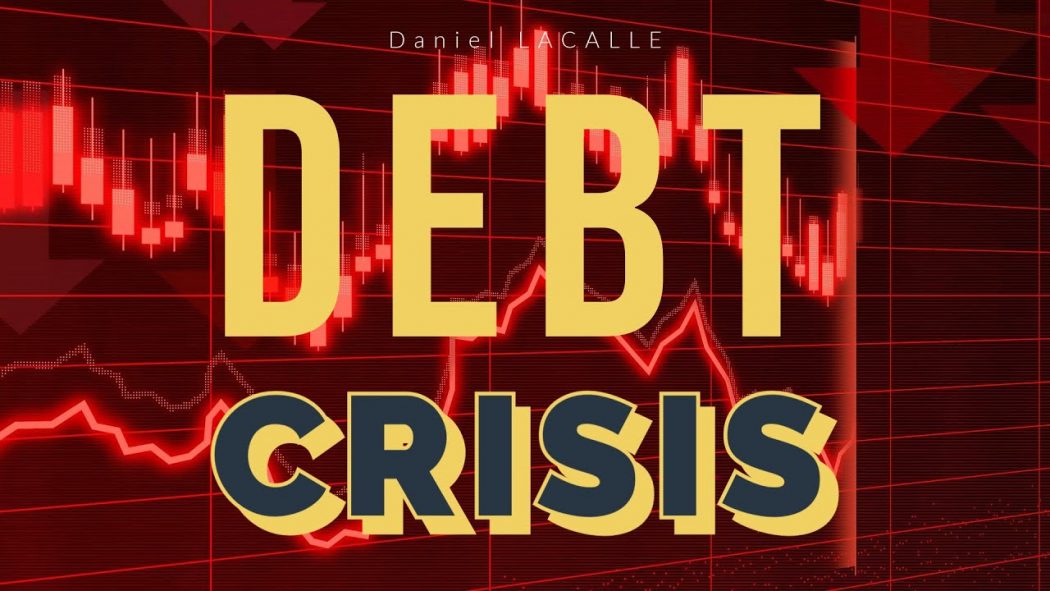By Daniel Lacalle
The United States’s jobs recovery is extremely poor, especially if we consider the size of the monetary and fiscal stimulus and the spectacular upgrade to GDP estimates. After a massive consensus increase in GDP recovery estimates to 6.5 percent in 2021, no one should be cheering a 5.9 percent unemployment rate, 58 percent employment-to-population ratio, and, even worse, a 61.6 percent labor force participation rate that has remained stagnant for ten months. Furthermore, Bloomberg Economics shows that the United States unemployment rate would be 8.4 percent excluding the participation decline.https://www.youtube.com/embed/YxN-CTSO90k?start=18&feature=oembed
In the European Union, the employment situation is also a cause of concern. The United States’s jobs recovery is certainly strong only when compared with an extremely weak European jobs environment. In May 2021, the euro area’s seasonally adjusted unemployment rate was 7.9 percent, marginally down from 8.1 percent in April 2021. These figures, published by Eurostat, do not include the 6 million furloughed jobs that remain in the European Union. Eurostat estimates that 15.278 million men and women in the EU, of whom 12.792 million are in the euro area, were unemployed in May 2021. Compared with May 2020, unemployment rose by 949,000 in the EU and by 803,000 million in the euro area. Despite a strong recovery in the purchasing managers’ index (PMI), the employment component remains poor. Euro area unemployment rate would be closer to 11 percent including furloughed jobs.
The disappointing jobs recovery should also be analyzed in the context of the largest fiscal and monetary stimulus in decades. No one can seriously consider these job figures as positive in the middle of trillions of dollars of deficit spending and monetary stimulus. The Keynesian so-called miracle of government spending and central bank intervention has failed again.
We must also remember that these figures are happening in the middle of a better-than-expected recovery in the services sector, which tells us that the risk of a jobless recovery that we mentioned a few months ago is even clearer now.
We estimate that the unemployment rate and labor participation rate of 2019 will not be recovered in the United States until 2025 … if there is no financial or economic crisis in the process. Even worse, we believe that almost 30 percent of furloughed jobs in the European Union will not be absorbed even by 2025.
The slow jobs recovery is not something economists should simply ignore or underestimate. An artificial increase in GDP driven by debt and deficit spending and where job creation is so weak is also a recipe for a debt crisis in a stagnant economy where job creation may slow even more.
When the mirage of monetary and fiscal stimulus evaporates, we will likely see a return to the failed low-productivity growth and indebted model that defined the 2010–18 recovery, but with an alarming increase in government size and interventionism. More debt, less growth, and millions of people out of a job due to increased levels of intervention. The hilarious thing is that many will blame the poor recovery on capitalism and neoliberalism when all we are seeing is the result of massive government and public absorption of economic resources.Author:
Daniel Lacalle, PhD, economist and fund manager, is the author of the bestselling books Freedom or Equality (2020),Escape from the Central Bank Trap (2017), The Energy World Is Flat (2015), and Life in the Financial Markets (2014).
He is a professor of global economy at IE Business School in Madrid.


